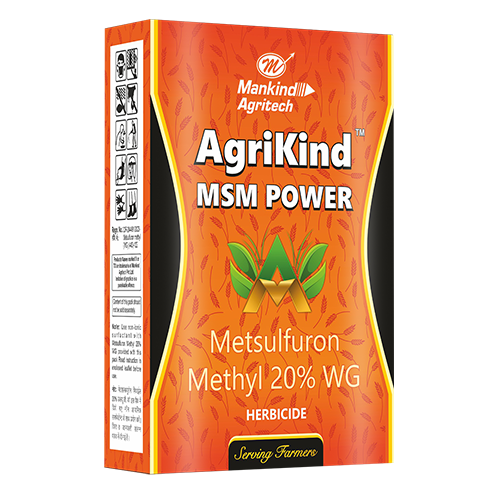Introduction and Significance
Maize, or corn, is one of the most versatile cereal crops grown in India, with its utility spanning food, feed, and industrial applications. It is cultivated across the country in diverse seasons—Kharif, Rabi, and spring—with leading producer states including Karnataka, Madhya Pradesh, Maharashtra, and Bihar. Its economic importance has grown exponentially, driven by its immense demand as a primary ingredient in poultry and animal feed. Furthermore, it is a key raw material for the starch industry, and its use in food processing for products like cornflakes, popcorn, and corn oil is expanding rapidly. For many tribal and rural communities, particularly in hilly regions, it remains a staple food grain. Nutritionally, maize is a good source of carbohydrates and provides essential nutrients like Vitamin B, magnesium, and dietary fibre.
Common Problems Faced by Farmers
BROWSE ALL PRODUCTS
Copyright © 2025 Mankind Agritech. All rights reserved.







